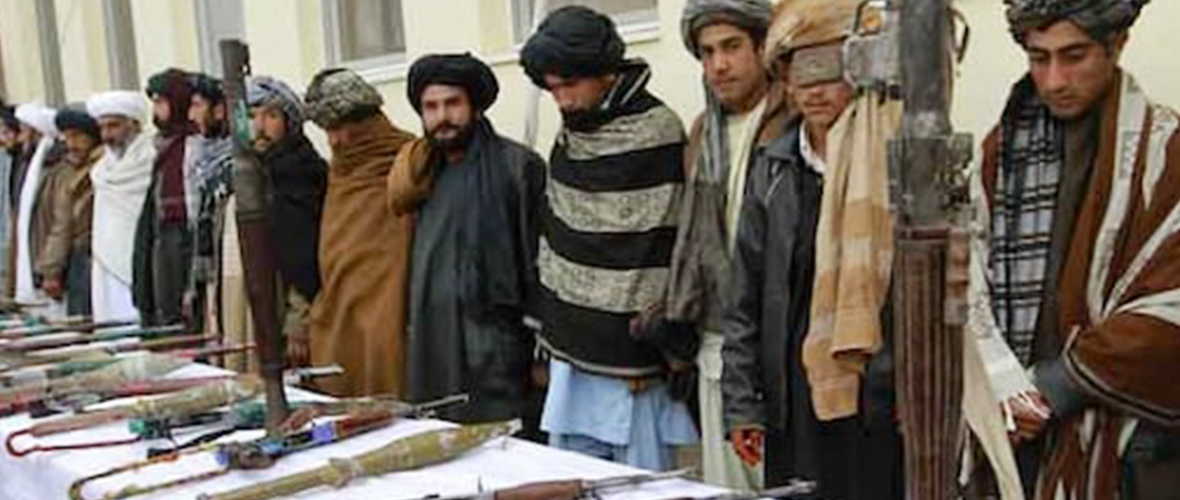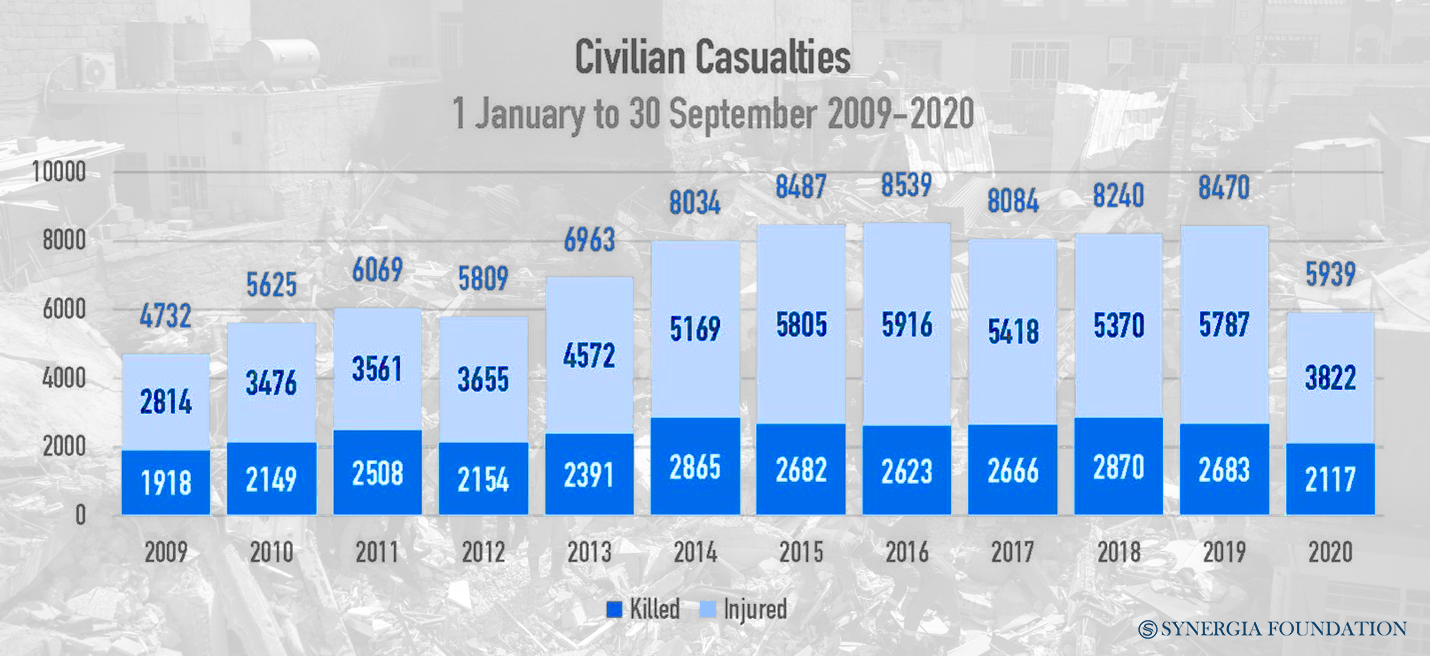A Fragile Ceasefire?
November 22, 2021 | Expert Insights

In a bid to further their ongoing peace talks, the Pakistani Government and the Tehreek-e-Taliban Pakistan (TTP) have agreed to a month-long ceasefire. Negotiated with the help of the Taliban government in Afghanistan, both parties have indicated a possible extension of this truce, subject to mutual consent. However, it remains to be seen if this compromise holds up in the long run, given that similar initiatives have failed in the past.
Background
Founded in 2007, the TTP denotes an umbrella of militant outfits that are concentrated in the north-western region of Pakistan, along the Af-Pak border. It had originated from an armed resistance movement launched by tribal groups when Islamabad carried out military operations in the area to seek out foreign fighters affiliated to Al Queda, purportedly under pressure from the United States.
Under the leadership of Baitullah Mehsud - an ethnic Pashtun, the movement had coalesced even further and assumed dangerous proportions. By uniting five different militia groups, Mehsud had successfully plotted and carried out terrorist attacks against the Pakistani state and its population. Although he was subsequently killed in a U.S. drone strike, the organization continued to spread its tentacles throughout the region. In 2012, it captured global headlines when some of its members shot Malala Yousafzai, the Pakistani schoolgirl who eventually went on to win the Nobel Prize for her work on girls' education. Even greater notoriety was earned by the TTP in the 2016 Army Public School attack in Peshawar, which killed 149 people, including 132 school children making it one of the deadliest school massacres ever.

Analysis
For years, the TTP has attempted to overthrow the Government in Islamabad and enforce its own hard-line brand of Sharia law. Like the Afghan Taliban, it traces its roots to both Pashtun affiliations and Deobandi seminary networks. However, there are organizational differences between the two, with the latter having focussed more on fighting the foreign-backed Government in Kabul. Moreover, the Afghan Taliban nurtures close ties with the Pakistani intelligence establishment, which the TTP is naturally loath to do.
In 2013, the Pakistani armed forces had launched massive operations in the northwest, seeking to clear out TTP fighters from the region. They had torn down several existing terror networks, driving the operatives out of their strongholds in the tribal areas. Operation Zarb-e-Azb (2014) and Operation Radd-ul-fasaad (2017), in particular, had been touted as spectacular successes that ‘broke the backbone’ of the TTP cadres. Many of the militants, however, managed to cross the border and regroup in Afghanistan. According to one estimate, the TTP controls around 4,000-5,000 fighters today.
Following the Taliban takeover in Afghanistan, the militants have recommenced their violent operations, operating from North Waziristan -the last bastion of the TTP. Only recently, they had orchestrated a bomb blast that killed four soldiers in the district.
With the aim of curbing such violence, the Pakistani Government has initiated peace talks with the TTP. As part of the discussions, both parties have agreed to a 30-day truce, starting from November 9. Moreover, special committees have been set up to map out the negotiation process even further. It is hoped that this dialogue will pave the way for a long-lasting solution that puts an end to years of instability and crisis.
Nevertheless, the two parties remain wary of each other. For example, speculations are rife that the TTP has demanded the release of 100 prisoners as part of a confidence-building measure. It has also sought the implementation of Sharia law in the north-western tribal regions. Meanwhile, Pakistan has reportedly purchased U.S. military weapons from the Afghan Taliban to prevent them from falling into the hands of the TTP. Given this apparent trust deficit, both sides will have their work cut out in crafting a permanent truce.
Counterpoint
Although the Government's decision to enter into a dialogue with the TTP has been praised as a necessary step to further peace, there are those who remain critical. They are opposed to pursuing a ‘policy of appeasement’ with terrorists, many of whom had a direct hand in the deaths of thousands of Pakistani citizens. The recent accord between Islamabad and the Tehrik-e-Labaik (TLP), another militant group, has only exacerbated this resentment. Many Pakistanis are also concerned that the eventual integration of the TTP into mainstream politics may legitimize its extremist ideology and add to the volatile mix that is Pakistani politics.
Assessment
- Whether the current truce translates to long-standing peace and stability in northwest Pakistan remains to be seen. After all, previous peace agreements like the Shakai Agreement in 2004, Sararogha Agreement in 2005, Miranshah Agreement in 2006, and Swat Peace Agreement in 2009 have failed to produce similar outcomes.
- Reintegrating militant groups like the TTP and TLP into mainstream society will not be an easy task. It will require sustained deradicalization efforts, coupled with political will and institutional expertise.








Comments